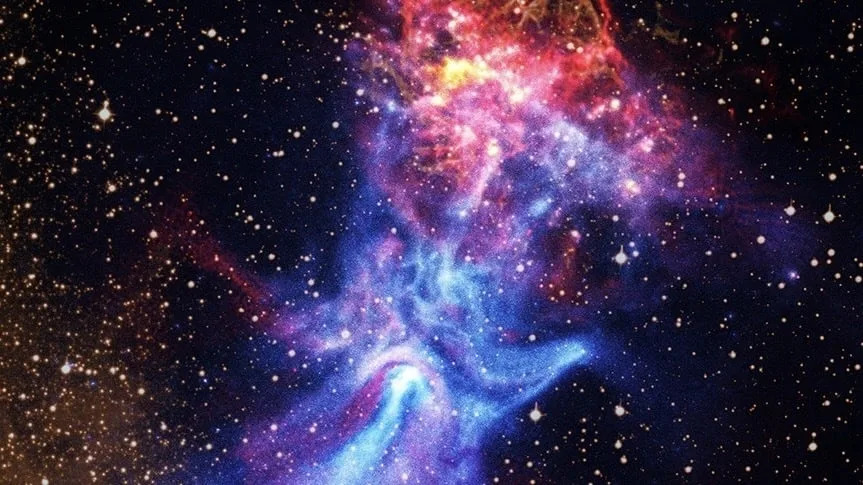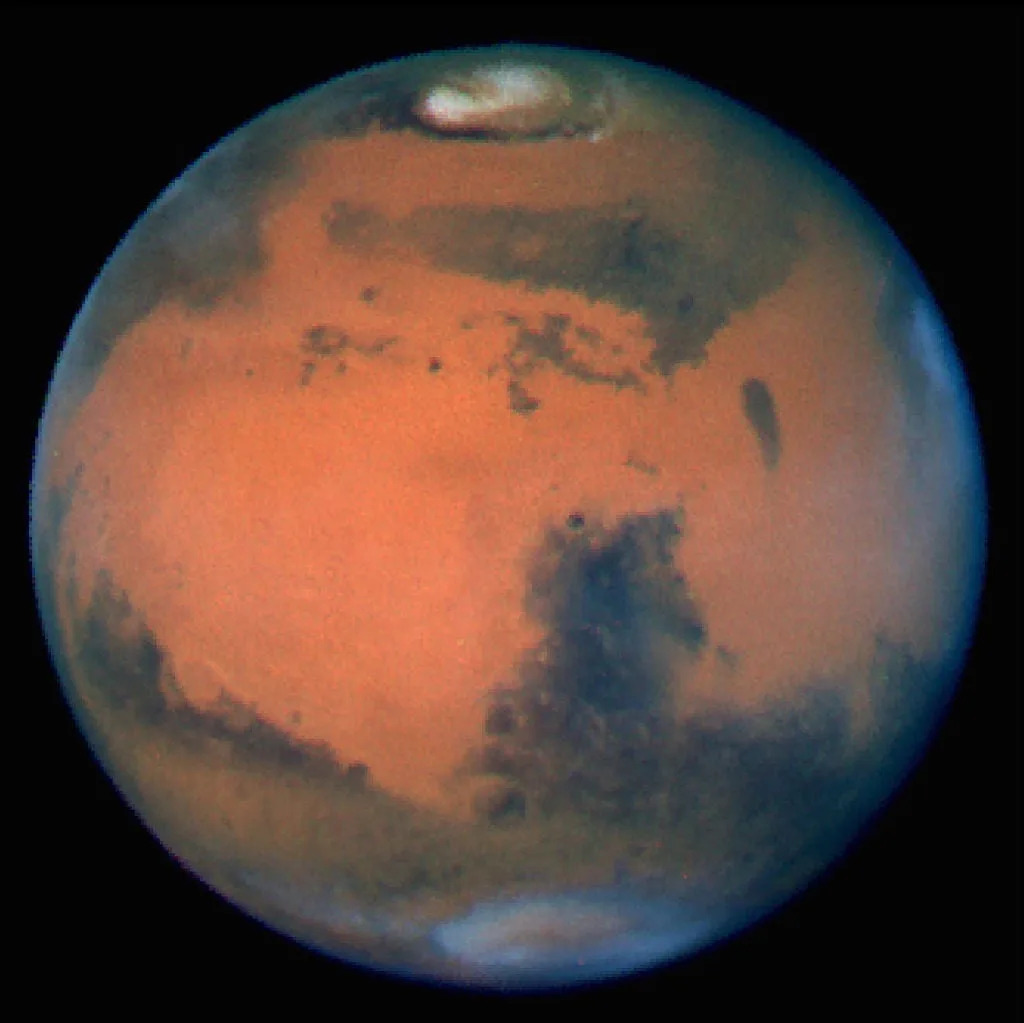
A new study has returned to a popular Milky Way attraction, formed by a fast-spinning dead star core that scientists say is one of the most powerful electromagnetic generators in the galaxy.
At the heart of this colorful nebula is a so-called pulsar, a type of neutron star that blasts streams of high-energy particles through space as it revolves like a lighthouse beacon. This thing is what remains of a massive star that suffered a supernova explosion.
By adding radio data to NASA's Chandra X-ray Observatory image, astronomers can now see that some of the features don't match up at different light wavelengths, suggesting scientists still don't fully understand how the pulsar wind interacts with the leftover supernova debris.
Researchers hope that by further probing the mysterious object, MSH 15-52, they can learn how this type of event creates high-energy particles, some of which may become cosmic rays that could eventually reach Earth.
The Chandra observatory took an image of the nebula more than 15 years ago. Recently, scientists used the Australia Telescope Compact Array to make detailed radio maps of this region in space, then combined them with the X-ray data. The findings from that work are published in The Astrophysical Journal.
At about 1,700 years old, MSH 15-52, sometimes called the "cosmic hand" or "hand of God" for its unusual shape, is one of the youngest-known nebulas formed by pulsar wind. Located about 17,000 light-years away in the constellation Circinus, it's also quite large, dwarfing the famous Crab Nebula. The hand stretches about 150 light-years.
That's hard to imagine, given that the pulsar itself — the thing responsible for this scene — is only about 12 miles wide. But, make no mistake, it's fast and powerful. The pulsar spins seven times per second. For the millennials out there, that's about as fast as a CD revolves in a Discman. And the pulsar's magnetic field is about 30 million times stronger than the most powerful steady magnet ever built on Earth.
In the new composite image, gold represents hydrogen gas in visible light, red represents radio waves, and blue, orange, and yellow represent X-rays. The "fingers" look purple where radio and X-rays overlap.
Particles from the pulsar form a bubble of glowing gas. The system is also linked to the surrounding supernova debris, RCW 89, the remains of the massive star explosion that created the pulsar. The new radio data reveals threadlike filaments that could result from the collision of the pulsar's wind with the supernova's debris.
Some bright X-ray features, like the pulsar's jet and fingerlike shapes, don't show up in radio waves. This means the particles that produce them are a higher-energy source.
"Highly energetic particles are leaking out from a shock wave — similar to a supersonic plane's sonic boom — near the pulsar," according to the Chandra X-ray Observatory, "and moving along magnetic field lines to create the fingers."
For the supernova remnant, the radio waves match up with bright knots seen in X-rays and visible light. But surprisingly, that radio glow extends much farther, leaving the researchers somewhat baffled.
To get to the bottom of the mystery, scientists will likely need more detailed computer models.






Comments